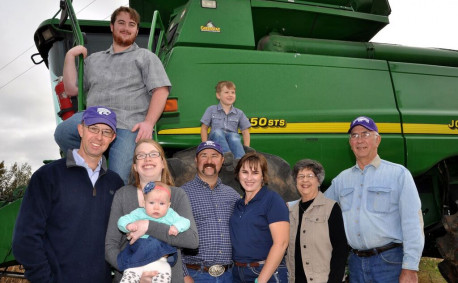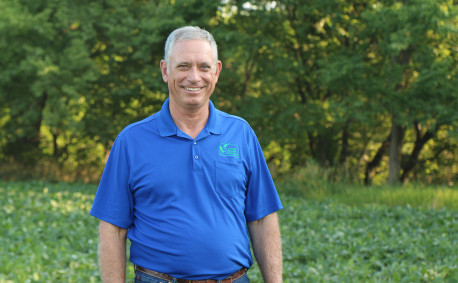Sustainable Farming’s Roots in Indigenous Tradition
Across 574 federally recognized tribal nations, Indigenous cultures make up a unique and meaningful part of life in the United States today. But how much do you know about the Native agricultural tradition that forms the basis of farming today?
For thousands of years, Indigenous farmers of North America have created and maintained regenerative agricultural practices that ensure the essential growth of crops across the country and the world. So, in honor of Native American Heritage Month, we’re celebrating these practices and the Indigenous farmers who preserve them.
Mixed Farming’s Native Roots
Although the prehistoric Indigenous communities of the Great Plains are often remembered for hunting bison, they also fostered a dedicated stewardship of the land. Many of the regenerative farming techniques we know today were created by Native farmers, including prescribed burning of fields, cover cropping and mixed farming, all of which keep the soil healthy for continually bountiful harvests.
One of the most famous examples of mixed farming is called the “three sisters.” This technique entails growing corn, beans and squash together so each crop benefits from the others’ unique strengths. The wide leaves of the squash plants provide shade for the other crops on the ground, and some varieties even have spines that kept animals from trying to feed on those plants. Beans climb the cornstalks as a natural trellis, and those bean vines in turn protect the corn from high winds. In some cases, sunflowers were added to the mix, grown as a natural fence for extra protection and to attract pollinators.
Native farmers also noticed that planting beans and corn together often allowed both crops to grow better than when planted separately. We now know that the bacteria in the roots of the bean plants transforms nitrogen and “fixes” it in the soil, so all plants in the area can then use it to grow.
Beyond helping the current crop of plants, regenerative agricultural practices like mixed farming ensure that the soil remains fertile for future harvests. Whereas a monoculture can deplete the soil’s nutrients, techniques like the three sisters allow the balance of natural resources to be sustained over generations.
The Indigenous Farming Tradition Continues
Today, these practices — and the tribal nations who champion them — are at the forefront of the regenerative farming movement. The Iowa Tribe of Kansas and Nebraska is working with the U.S. Department of Agriculture to form the Center for Excellence for Regenerative Native Agriculture (CERNA). As a part of the USDA’s Partnerships for Climate-Smart Commodities, the agency’s collaboration with tribal nations is key for reaching its goal of net-zero carbon emissions by 2050.
Timothy Rhodd, chairman of the Iowa Tribe, hopes to educate other farmers on adapting to an Indigenous mindset, viewing the soil as important as any of the plants they grow. This interconnected stewardship of the land extends to animal life too. In addition to using prescribed burns and cover crops, Ioway Farms — the Iowa tribe’s agricultural operation — raises bees both to produce honey and pollinate its orchard.
This interdependent cultural tradition informs not only farming practices, but also how those practices are shared. Across multiple tribal nations, Native farmers are exchanging their regenerative ag techniques and learning from each other. Michelle Bowden, the food sovereignty director of the Quapaw Nation in Oklahoma, emphasizes the value of this communal approach.
“I'm able to reach out to several other tribes and it's really amazing because they like to share their knowledge as I like to share my knowledge, and we just kind of talk about things that work,” she told NPR.
As tribal nations share and build on each other’s cultural knowledge, Native and non-native farmers alike will be able to better meet the United States’ economic, agricultural and nutritional needs. Regenerative farming is clearly integral to a more sustainable future, and continuing to learn from Indigenous farming tradition will be essential to improving the state of agriculture for everyone.





